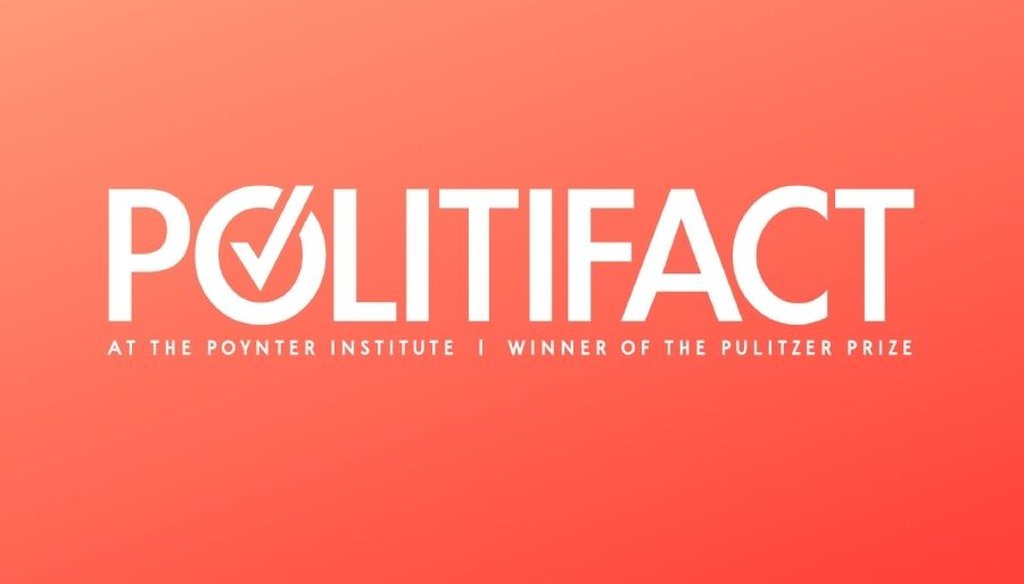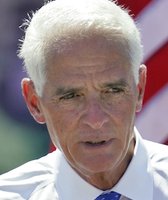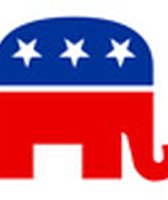Stand up for the facts!
Our only agenda is to publish the truth so you can be an informed participant in democracy.
We need your help.
I would like to contribute

We go beyond the slogans and tell you what's really in the bill.
Editor's note: We published a new version of this story with updated information on Feb. 26, 2010. Read our more recent report, "Health care reform: A simple explanation, updated."
From death panels for the disabled to euthanasia for Granny, blatantly, patently wrong information about health care has gotten a lot of attention. (See our Greatest Hits list for the ones we found most significant.) But set aside the shouting, and there are still many legitimate areas for debate.
Details on health care are very much works in progress, and Congress is considering a number of measures. With President Barack Obama and the Democrats largely on the defensive, a lot of the debate has focused on what the bills are not. Here, we'll explain what's actually in the bills, and where the genuine disagreements lie.
What's in the bills
Democratic efforts to reform health care have two goals: Expand coverage and reduce costs. An estimated 46 million people in the United States don't have insurance. Meanwhile, health spending has grown much faster than inflation. If something isn't done, the health care programs we now have for the elderly and the poor — Medicare and Medicaid, respectively — could end up bankrupting the country in another 50 years or so.
The broad outlines for health care reform are similar in the Democratic legislation considered thus far:
• Leave employer-provided insurance in place . About 60 percent of the country gets health care through work, and studies show many people like their coverage. A House version of the bill seeks to broaden that coverage by imposing new taxes on large employers who don't offer health insurance.
• Health insurance exchange . To help people who have to go out and buy insurance on their own, the plan creates an exchange, a virtual marketplace where individuals and small businesses can comparison shop. The government would regulate the exchange so that insurance companies can't discriminate against people with pre-existing conditions, or charge wildly different amounts for similar coverage. (They will be able to set rates based on age, however.)
• The public option . One of the options on the exchange will be a public option, run by the government, that offers basic coverage. President Obama has said the public option will keep private insurers honest by competing with them so they can't charge unfair rates for the basics. Many experts believe that the public option will be the least expensive option on the exchange.
• More for the poor. The plan expands eligibility for programs like Medicaid and the State Children's Health Insurance Program. Some people of modest means will receive "affordability credits" to buy plans on the health insurance exchange.
• An individual mandate. This requires people to buy insurance, unless they qualify for a hardship exemption. The expectation is that everyone will be covered, either through their employer or through the exchange. People who don't buy insurance will have to pay a penalty on their taxes.
• Electronic records . To reduce inefficiency and duplication of services, the government will invest in electronic health records, so doctors can see which tests and procedures patients have already had.
• Research on better treatments. A comparative effectiveness research center will conduct and publish scientific research to find which treatments are the most effective. The government hopes easy-to-access information for doctors, patients and insurance companies will reduce procedures and treatments that don't really work, wringing waste from the system.
• Medicare . The bill makes many changes to how Medicare pays doctors and other health care providers. Taken as a whole, the new rules aim to pay doctors for good patient outcomes instead of paying them per procedure, also called "fee-for-service."
What's controversial
Critics have centered on a number of key issues.
• The public option : Conservatives dislike it for a couple of reasons. They argue that employers, motivated by cost, will drop their coverage and send their employees to the public option. Some believe it's a stalking horse for an eventual single-payer system; others believe it's simply unfair competition for private providers. Congress is negotiating now to put safeguards in place so the public option competes on even footing with private insurers. Those include requiring the public option to finance itself through customer premiums (i.e., no taxpayer subsidies) and to make it negotiate like any other insurance company on what it pays doctors and health-care providers. Meanwhile, proponents of the public option say it is crucial for reining in profiteering from the insurance companies.
• Cost : The plan doesn't come cheap. Covering millions of people who are now uninsured will cost billions more per year. As a way to raise revenues, Obama has proposed reducing the deductions that the wealthy are allowed to take on their taxes. The House of Representatives rejected that, deciding instead on a new tax surcharge for the wealthiest households. We're still waiting to see what kind of tax measure the Senate will consider.
• "Rationing." Critics say the program will lead to health care rationing. They attribute that to various elements of the plans, such as the government's new role running a public option and an approach known as comparative effectiveness research that seeks to find the most efficient treatments. The bills being considered now don't allow for the comparative research to be binding on health care plans or dictate treatment. Still, it seems reasonable to assume that health insurers will begin to act on the government information, refusing to fund treatments considered experimental or ineffective. Supporters say health care is rationed already, by insurance companies. Your comfort level on this probably depends on whom you trust most: the government or insurance companies.
What we still don't know
Obama hoped to have bills passed by the House and Senate before the August recess. That didn't happen, but the House did produce a complete draft bill, and one Senate committee — the Committee on Health, Education, Labor and Pensions, or HELP — also produced a bill. But a key committee, the Senate Finance panel, left for the recess without concluding its negotiations. This committee is widely considered to be pivotal, and we don't yet know where it will weigh in on a number of issues. Among the questions yet to be answered:
• Will a public option make it into the final bill, and how will it be structured? The Finance Committee is also considering, in place of the public option, a co-operative model. A co-op would not be government-run, but it's not clear if it would have enough bargaining power to offer genuine competition to private insurers, which is important to lowering costs.
• What kind of new taxes will be used to pay for health care? The Senate seems unlikely to go along with the House idea to put a surcharge on the wealthy. The Finance Committee has considered all sorts of ideas, including taxes on soda pop or capping the tax-exempt status of employer-provided insurance. What they will finally decide on is one of the great unknowns.
• Will the promised cost savings actually materialize? The independent Congressional Budget Office has examined the health care plan and concluded that it will cost about $1 trillion over 10 years and, as currently envisioned, cause a shortfall of $239 billion. But the Obama administration believes that CBO may be undervaluing cost-saving measures in the plan. The CBO says it likes to err on the side of caution. The truth is that it's very difficult to put dollar figures on many of these things, because of the size of the health care industry and the inherent unpredictability of major policy changes over many years. It's good to keep in mind that when it comes to health care reform, no one has a crystal ball.
Note: This story has been changed to note that "about 60 percent of the country gets insurance through work." We previously said it was "close to three-quarters."
Our Sources
U.S. Government Printing Office, HR 3200 (health care reform legislation), July 14, 2009
Speaker of the House Web site, Section-by-Section Analysis of HR 3200 , July 14, 2009
U.S. Senate Committee on Health, Education, Labor and Pensions, Health care reform bill draft , accessed Aug. 13, 2009
PolitiFact.com, Truth-O-Meter items on health care , various dates



















































